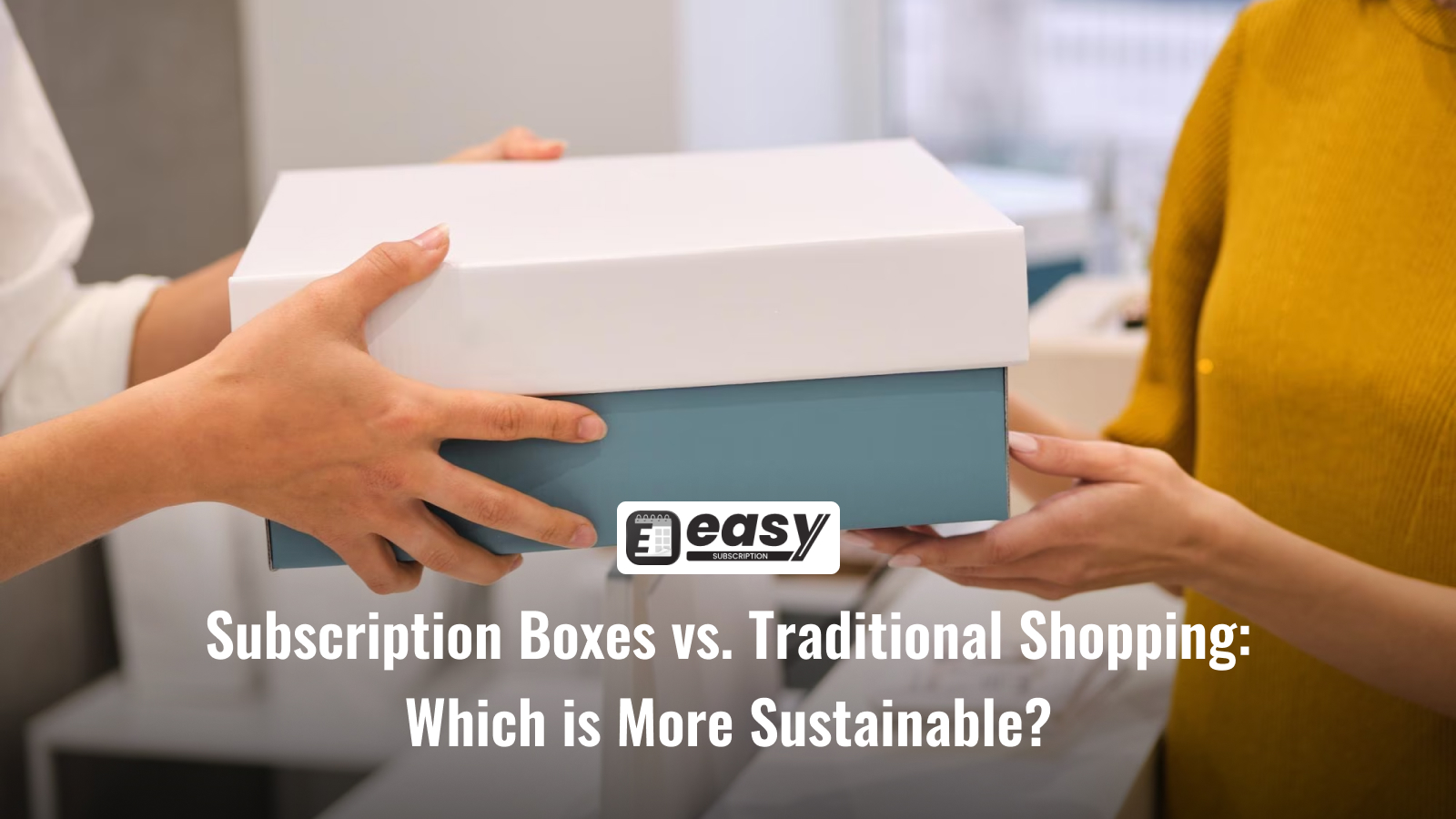
Introduction:
In recent years, subscription boxes have gained immense popularity as a convenient and exciting way to shop. These personalized packages delivered right to your doorstep have revolutionized the retail industry. But as sustainability becomes a growing concern, it’s essential to evaluate their environmental impact in comparison to traditional shopping methods. Lets delve into the sustainability aspects of both subscription boxes and traditional shopping, backed by real-life examples and case studies, to determine which approach is more eco-friendly.
Reducing Packaging Waste:
Case Study: Beauty Products Subscription Box vs. Brick-and-Mortar Shopping
Subscription boxes, such as those for beauty products, often focus on providing sample-sized products to customers. These smaller sizes not only reduce the consumption of packaging materials but also prevent unnecessary waste generated by unused products. In contrast, traditional shopping often involves purchasing full-sized products with excessive packaging, leading to more waste.
Example: A study by the Sustainable Packaging Coalition found that subscription beauty boxes generated 40% less packaging waste per product compared to their counterparts sold in brick-and-mortar stores.
Efficient Supply Chain and Transportation:
Case Study: Meal Kit Subscription vs. Grocery Shopping
Meal kit subscriptions have been gaining traction for their convenience and minimized food waste. The ingredients are pre-portioned, resulting in less unused food being thrown away. Additionally, these subscription companies optimize their supply chain to reduce transportation-related emissions.
Example: A life cycle assessment conducted by the University of Michigan revealed that meal kit subscriptions generated 33% lower greenhouse gas emissions compared to the same meals purchased from a grocery store due to reduced food waste and more efficient logistics.
Local Sourcing and Support:
Case Study: Clothing Subscription vs. Traditional Apparel Shopping
While traditional shopping provides immediate access to clothing, many clothing subscription companies have adopted sustainable practices by sourcing locally and supporting ethical fashion brands. This approach fosters a circular economy, reducing the carbon footprint associated with international shipping and unethical manufacturing processes.
Example: A case study of a clothing subscription service found that 70% of the garments offered were from local designers and manufacturers, resulting in a significant reduction in transportation-related emissions compared to traditional apparel retailers that import their products globally.
Single-Use Items and Sustainability:
Case Study: Eco-Friendly Subscription Boxes vs. Conventional Retail
Some subscription box services emphasize eco-friendly and reusable packaging, encouraging customers to recycle or return packaging materials. However, the sustainability of subscription boxes heavily depends on the choices made by the companies themselves.
Example: An analysis of various subscription box companies revealed that those actively promoting reusable and recyclable packaging achieved a 25% reduction in waste compared to conventional retail packaging.
Conclusion:
Both subscription boxes and traditional shopping methods have their pros and cons regarding sustainability. While subscription boxes can significantly reduce packaging waste and promote efficient supply chains, traditional shopping allows customers to make informed decisions and potentially support local businesses. Ultimately, the most sustainable approach lies in responsible consumer choices and companies prioritizing eco-friendly practices. As the retail landscape evolves, it is essential for businesses and consumers alike to remain conscious of their environmental impact and work together towards a greener future.

